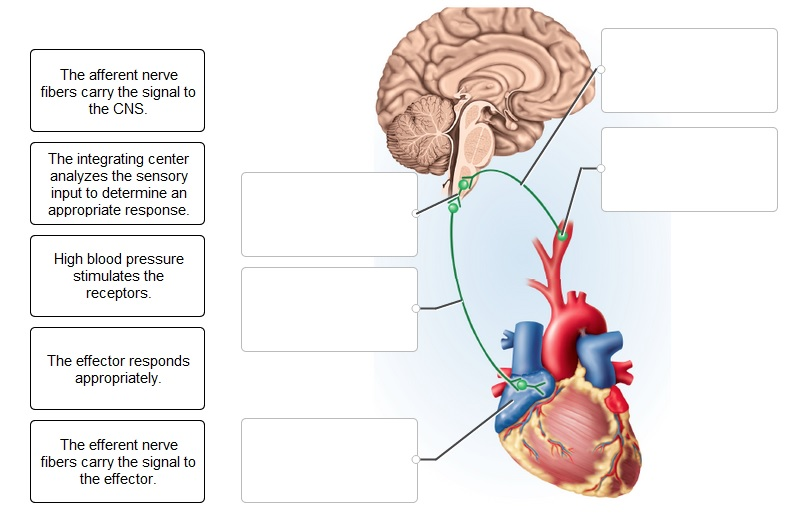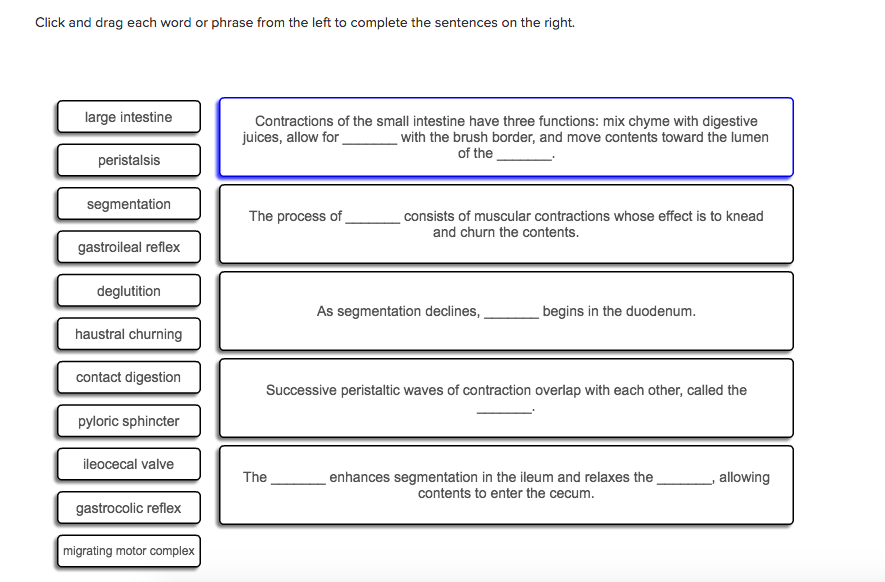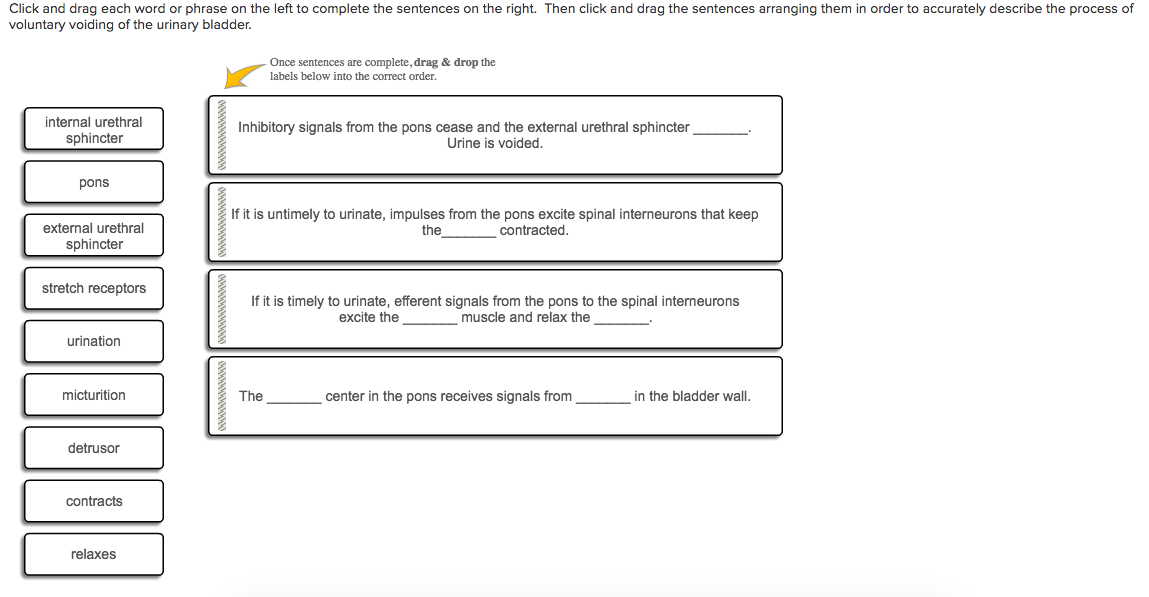

See dialog box below:įor experimentation, I changed the setting to “Click-drag-release”, and to my amazement, I was able to use the mouse effectively, and easily remove my hands from the mouse to type in the exact length. The default setting by Google is “Auto-detect”, and that is what I have been using (but without knowing it).

The reader had the “Click-drag-release” check box selected, therefore causing the difference from my book instructions on placing a line.

The Click Style options allows you to define how your input device reacts to clicks.Ĭlick-drag-release: Use the Click-drag-release button to force the Line tool to draw by click and holding the mouse button to define the start point of the line, dragging the mouse to extend the line, and releasing the mouse to establish the end point of the line.Īuto detect: Use the Auto detect button to use either Click-drag-release and Click-move-click as necessary.Ĭlick-move-click:Use the Click-move-click button to force the Line tool to draw by clicking and releasing the mouse button to define the start point of the line, moving the mouse to extend the line, and clicking again to establish the end point of the line.Ĭontinue line drawing:Use the Continue line drawing checkbox to force the Line tool to treat an end point as the start point of a new line, saving you one extra click required establish a new start point for the second line.Īnd you can set these options by opening the System Preferences dialog box – Window/Preferences/Drawing – see below. Use the Drawing preferences panel to define global mouse (or other input device) behavior. From a document viewed on SketchUp’s Help Center, the mouse options are described as: I had forgotten that SketchUp includes setting options for mouse behavior.
#The 100 click and drag how to
But now I’m not sure why there was so much difficulty with this method.īack to the readers question how to change the behavior of the mouse…. I think students had trouble making lines at exact length by typing in the length. My recommendation was based on watching students struggle with SketchUp when trying to use the drag method. In the book, I recommend not dragging, rather adopting the click (and finger-off) moving, then clicking again to end the line. While drawing a line with the Line Tool, he could not get the mouse to “click-move-click”, rather he was required to drag the mouse by holding down the left mouse button.
#The 100 click and drag code
The rest of the code just controls the layout and styling of the container and box elements.A reader of my book recently asked why his mouse was not working like my book explanations. Note that the only CSS related to drag and drop functionality is the cursor: move property. Here's the CSS for the container and box elements. The basic markup for the columns looks like this, with each column having the draggable attribute set to true. Our example creates an interface to rearrange columns that have been laid out with CSS Grid. Just about anything can be drag-enabled: images, files, links, files, or any markup on your page. To make an object draggable set draggable=true on that element. To make other types of content draggable you need to use the HTML5 Drag and Drop APIs. You can drop this box on the address bar or the desktop to create a shortcut or to navigate to the link. For example, if you drag a link on a web page you will see a small box with a title and URL. It's worth noting that in most browsers, text selections, images, and links are draggable by default.

In this post we'll explain the basics of drag and drop. The HTML5 Drag and Drop API means that we can make almost any element on our page draggable.


 0 kommentar(er)
0 kommentar(er)
